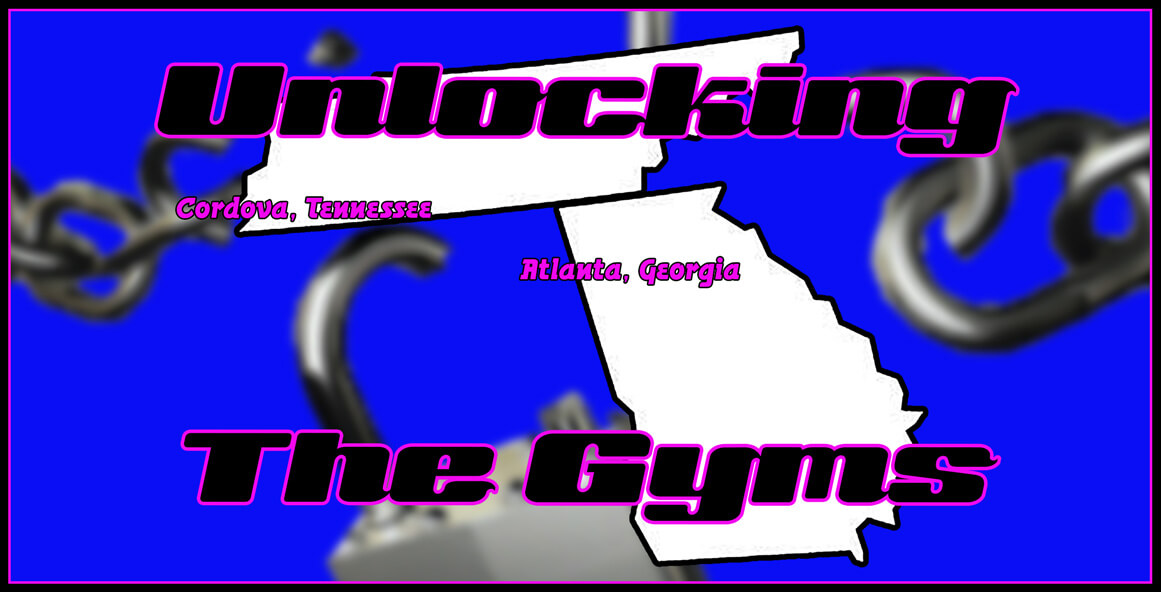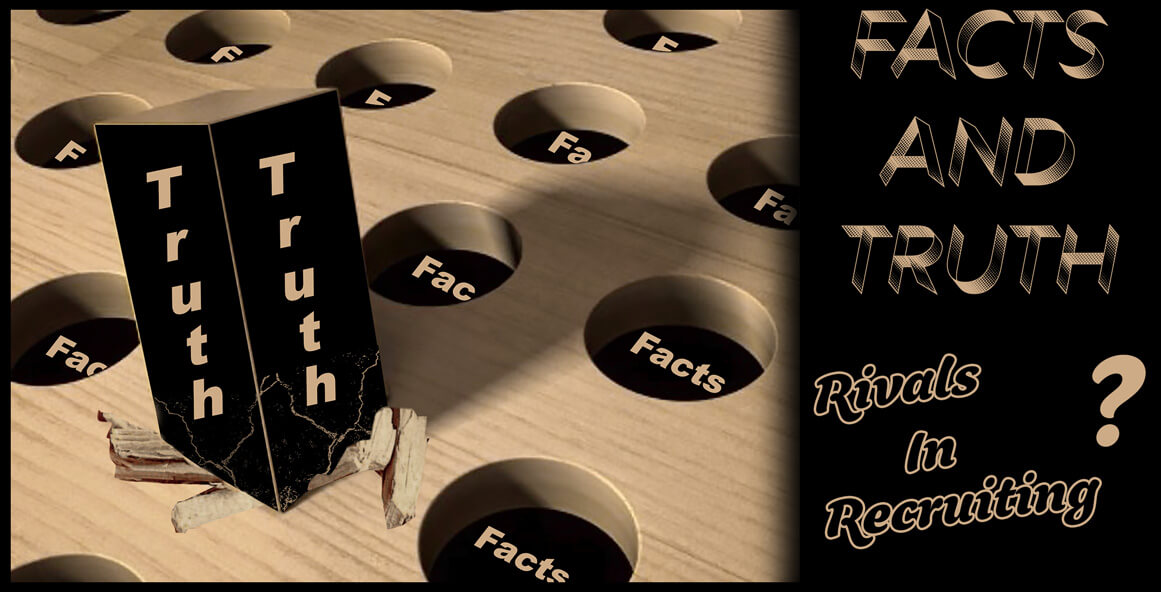More and more the information superhighway is the modern day equivalent of a gridlocked traffic jam. The sad part is that there just aren’t that many high priced vehicles of information making up that mess. Instead we get the most inane tidbits of knowledge tantamount to a freeway parking lot of Pintos, Vegas and Gremlins…all in the name of “social media”. Even in a world where we’ve become accustomed to the insecure and egotistical living their lives online, the bar seems to be lowered again and again as it relates to just what exactly qualifies as news.
Of course I realize that Social Media and News Media aren’t one in the same and my point isn’t really about the postings themselves anyway. It’s more what it says about those who are compelled to share the mundane and everyday aspects of their lives, and more specifically the recruiting process, as if those events are monumental announcements of historical importance. You can’t help but contemplate what a recruit herself will ultimately deem as “important” or interpret as an “accomplishment” when mom, dad or coach is advising the world that she received her first letter from a college recruiter and equating the mere arrival of an envelope with the discovery of the Dead Sea Scrolls.
Yeah, I get that it’s a memorable moment…but let’s hold off on the proclamations of greatness. This is only the first step of a long process and its way past time to stop patting young athletes on the back for the simplest of things. There were 249 Division I programs competing last season and when you think of the number of players actively recruited in each class for every one of those actually signed…making someone’s mailing list doesn’t exactly validate membership in an exclusive group. Questionnaires and letters shouldn’t be viewed as achievements but more so as motivation and a ticket to the medal round. Great, so your hard work has gotten their attention. What’s next, log on or lace up? Let’s forget Facebook, Twitter and Instagram, keep the egos in check and head back to work in the gym.
It wouldn’t hurt to add some perspective as well to the posting of scholarship offers. While you can’t argue about the magnitude of someone putting their faith (and job security) in an athlete’s future, a whole lot of things can happen between an offer and a commitment. Going a step further, the idea that the number of offers is an indication of ability or status is about as valid as Caitlyn Jenner being considered “courageous” next to the late Lauren Hill. The top recruit at a low D-I may have more offers than a lot of top tier players who will sign in a major conference. It still doesn’t mean she should start picking out the latest fashions for the draft day broadcast four years from now. The dynamic of offers is tied just as much to position need and awareness as it is to talent and potential. That statement may be more than 140 characters and not quite Darwin’s Theory of Natural Selection but it’s still a reality of the recruiting world.
Also, given the limited ability of a school to comment on the recruiting process, we’re seeing some creative lists from athletes or their representatives as to just which programs have put their cards on the table. Every year there are those parents and coaches who let their egos get the best of them and claim offers made from schools that, in actuality, have yet to ante up. Social media has led to more fiction online than Barnes and Noble. If you feel the need to bolster someone’s recruiting resume’ it’s a safe bet that you’re hurting your favorite prospect way more than you’re helping her. People underestimate the amount of communication going on between college staffs and those of us wandering the recruiting landscape. Keep it real folks…figuratively and literally. Just because I filled out their survey last week doesn’t mean Sports Illustrated offered me a job.
Even more entertaining is the recent tendency to ensure that the world knows who was at a game or attended an open gym. Seriously? It seems like there is this incredible need to validate the interest in an athlete by pseudo publicizing any coach who took in all the action. Of course it’s usually hidden behind the veil of thanking that individual or staff for coming out. Really? You didn’t have the courtesy to express your appreciation to them face to face before they left? Or maybe it was just that you wanted to make sure the world knew who was there but needed a way to rationalize the post beyond it being anything more than a “Hey, look at me!” moment. I guess a simple email or phone call wouldn’t suffice. I’m struggling to figure out how Dawn Staley, Cynthia Cooper, Tina Thompson or Rebecca Lobo ever made it through the recruiting process without the blaring trumpets or spotlight of social media. My guess would be that players of that caliber are more inclined to have their psyche stroked by playing on an elite level rather than something said in a forum open to children, the intellectually challenged, parolees and presidential candidates.
Of Course it could also be because social media was a thing of the distant future at that time…but the point still has its validity.
Since I’m on a roll, let’s visit the logic of posting every campus visit, official and unofficial. First off, in the world we live, common sense says not to inform every nut job in America of the whereabouts and activities of a teenaged girl. Never underestimate the resolve of the deeply disturbed. Beyond that, ask yourself what purpose posting the who, what, where and when of a visit serves in the process of working towards a decision. All evidence to the contrary, recruiting is an individual and personal endeavor. If someone is an important element in finding answers, you’re already talking to them anyway and don’t need their input or comment in a public setting. Shut your phone off while on a visit and stay focused on what you’re learning. When you get home, steer your efforts towards processing that information and how that program might fulfill your needs. Until you come to a decision, recruiting is business, not social. You can “share” later.
While I’m at it, I’m not letting my former coaching brothers and sisters in arms off the social media hook. I get it that competitive recruiting requires a social media strategy and a coordinated effort on the part of any coaching staff. Parents, recruits and their coaches need to always remember, like all other aspects of recruiting, everything is choreographed down to each and every tweet. All these cute little practice video posts and images of players watching edits at 6 a.m. are all part of a greater effort to paint an image. Of course “It’s a great day to be a (insert nickname)”. You didn’t think anyone would actually share that it’s bad day to be wearing their colors? Let’s see as the season goes on if they stay on message when they’ve dropped back to back games or if the videos ever show the head coach delicately addressing the 23 turnovers from the game the night before.
The reality is that every communication on the part of a recruiter should serve a purpose. Some of the things we’re seeing this fall are pointless and offer little to help a prospect better grasp what a program is all about. Athletes should take that as an insult. Programs that are tweeting or posting just to “have a presence” most likely have little to say worthwhile. Expect more than a 10 second video clip from a drill in practice or a tweet about what a “grind” it is. Anyone felling compelled to tell you how hard they’re working doesn’t grasp the concept that hard work is a given among elite athletes and coaches. Hashtag “Red Flag”. The kinds of things posted by a specific coach or staff can tell you a lot about who they are or how much respect they have for you. Those sharing the least may well be the ones saying the most.
And, just for the record, it’s never a “grind” if you love what you do.
This isn’t a rant by a gray bearded veteran ex-coach yearning for the good old days. It’s more an observation about the minimization of the recruiting process through the overexposure, manipulation and ego driven elements of social media. In previous columns I utilized the analogy of recruiting and romantic relationships. The similarities are obvious from the initial infatuation to the first date followed down the line by a verbal commitment and ultimately the “I do” of signing a National Letter of Intent. The playing career – marriage (and divorce) parallels are a whole different conversation we’ll save for another time.
My point is that you wouldn’t disrespect the individual you’re in a relationship with by plastering all the details of every date and phone call all over some form of social media. What is it that people are trying to accomplish by doing it with recruiting? Maybe it’s revealing a critical element in the substantial rise of transfers by demonstrating just how casually some recruits, parents and coaches are taking the process. This decision can have an important impact on the future of a young individual. Trivializing it though an onslaught of tweets, images and video indicates the focus is on more than just getting it right.
And just because it comes from someone else doesn’t give any greater validity to the information either. Because this evaluator or that service wrote, tweeted, posted or commented on the play of an athlete doesn’t lessen the skepticism with which that message is looked at. Good recruiters look at performance, productivity and potential on the floor, not on the display of a phone or tablet. Face it folks, words are cheap. Unless of course you’re buying some of the new social media packages being offered…then it can get kind of pricey. If you’re “that kind of player” you’re already getting the attention of recruiters. How seriously do you think “purchased” social media is actually taken by people with their jobs on the line with each and every recruiting decision? Beyond that, the players legitimately in consideration for the elite post season recognition coveted by so many athletes and parents are already well established among the selection committees. You can’t buy a Happy Meal through Twitter.
I know, I have the prerogative to “turn it off” or choose not to follow some of the folks who just can’t seem to help themselves. But college recruiters don’t have that luxury; it’s now part of their job. As I mentioned earlier this really isn’t about the information shared. It’s more about what it says regarding the recruit or family doing the posting. Social media has its place in the recruiting process. It just doesn’t need to be viewed as a marketing and public relations opportunity. If she can legitimately play, her game will speak for itself.
A lot goes into the recruiting decisions of a basketball staff and not all of it is basketball oriented. Despite recent changes in communication legislation, NCAA guidelines still make it difficult to genuinely get to know an athlete and her family. Any indication of character and priorities will be looked at closely and plenty of weight given to how those things are interpreted. It would be a shame if the “right” program was forced to make a decision on an athlete based on what was done with a phone rather than what she did with a basketball.
Mark Lewis is a national evaluator and photographer for Blue Star Basketball as well as the lead columnist for Blue Star Media. Twice ranked as one of the top 25 Division I assistant coaches in the game by the Women's Basketball Coaches Association (WBCA), he logged 25 years of college coaching experience at Memphis State, Cincinnati, Arizona State, Western Kentucky and Washington State. Lewis serves as a member of the prestigious McDonald’s All-American selection committee as well as the Naismith College Player and Coach of the Year committees.





